May 2025 Archive — Art & Architecture Highlights
This month’s posts mix history, mood, and practical tips. You’ll find pieces that explain why buildings look the way they do, where certain styles came from, and how to spot or use those features today. If you like clear pointers and a fresh take on old ideas, these articles give quick wins you can use on trips, projects, or conversations.
Big themes and what they mean
Expressionist Architecture shows how emotion became a design tool after World War I — think dramatic shapes, bold materials, and buildings that feel alive. The post points out real buildings and offers simple spotting tips: watch for curved forms, unexpected color, and surfaces that seem to move. That helps you separate expressionist drama from mere ornament.
Renaissance coverage came in two flavors. One article looks at power and wealth: how rulers and merchants used classical forms to show status. The other unpacks everyday life in the Renaissance — street games, youthful influences, and practical inventions that changed art and society. Together they give both the big political picture and the small cultural details that make the era human.
Greek Revival also appears twice, with one post focused on its spread across towns and public buildings, and another on how the style keeps reinventing itself. The essentials are easy to spot: strong columns, pediments, and white facades. The practical tip? Look beyond paint — check proportions and how entryways are framed to tell a true revival from a modern copy.
Style guides you can use
Art Nouveau is the guide for making design feel organic. The article highlights flowing lines, plant-inspired motifs, and craftsmanship that blends art with function. When you travel, check balconies, ironwork, and stained glass for those signature curves.
Rococo Home Decor offers low-cost ways to bring playful ornament into modern rooms without overdoing it. Try swapping one light fixture, adding a small ornate mirror, or mixing a carved chair with plain contemporary pieces. Small touches keep the look fresh, not fussy.
Postmodern Architecture gets you thinking about irony and surprise in buildings — unexpected colors, mixed references, and shapes that ask you to look twice. The piece gives quick rules for spotting postmodernism: deliberate contradictions, playful historical nods, and façades that refuse to be boring.
Across the month, the posts balance history and practical advice. You get context (why these styles mattered) and simple actions (what to look for, how to add a detail at home). Want to spot a style on a city walk? Focus on columns, cornices, material choices, and whether shapes feel engineered or expressive.
Use these reads as a short toolkit: one quick history, one spotting tip, and one small action you can try. That keeps your eye sharp and gives you a way to bring art and architecture into everyday choices.
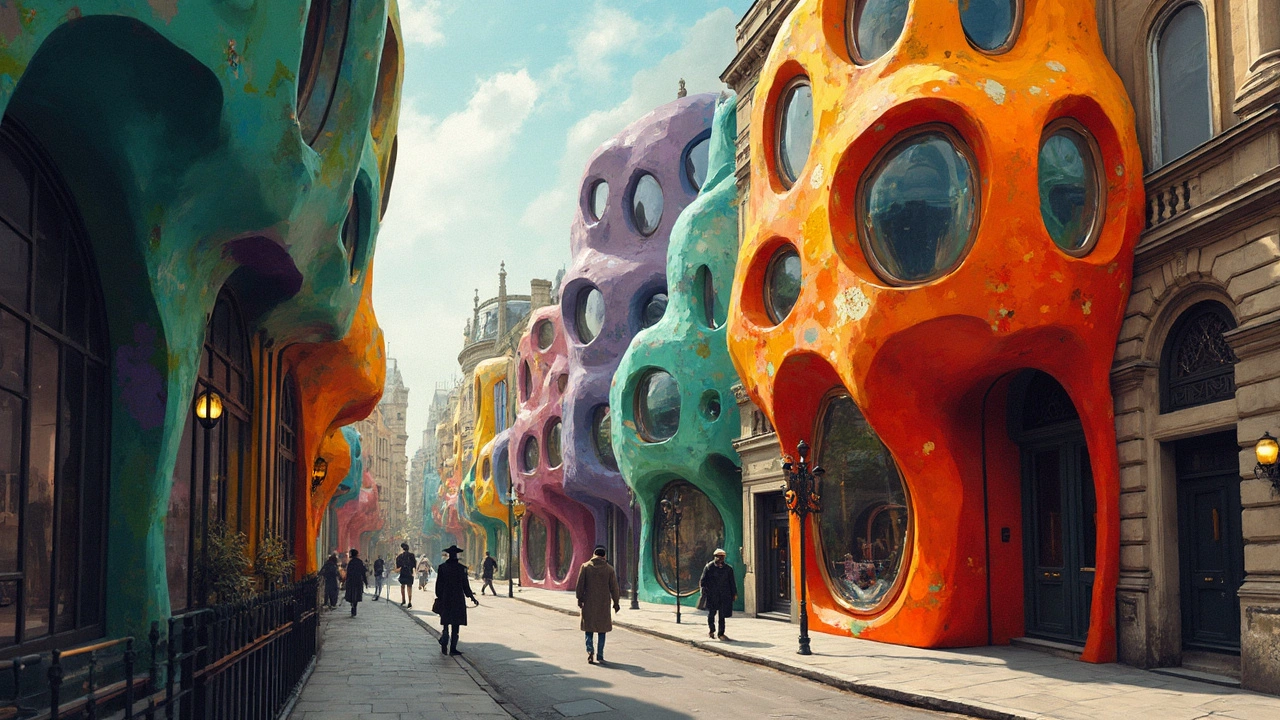
Expressionist Architecture: The Power of Emotion in Design
Expressionist architecture tosses out the rulebook and lets buildings show emotion, almost like they're alive. This article explains why some buildings look wild or dreamlike, and how that happened just after World War I. You’ll see how architects used color, shape, and bold materials to shake up cities and inspire the world. Get ready for real-life examples and practical tips to spot expressionist elements around you. The style still wows people and stirs feelings even now.
Read more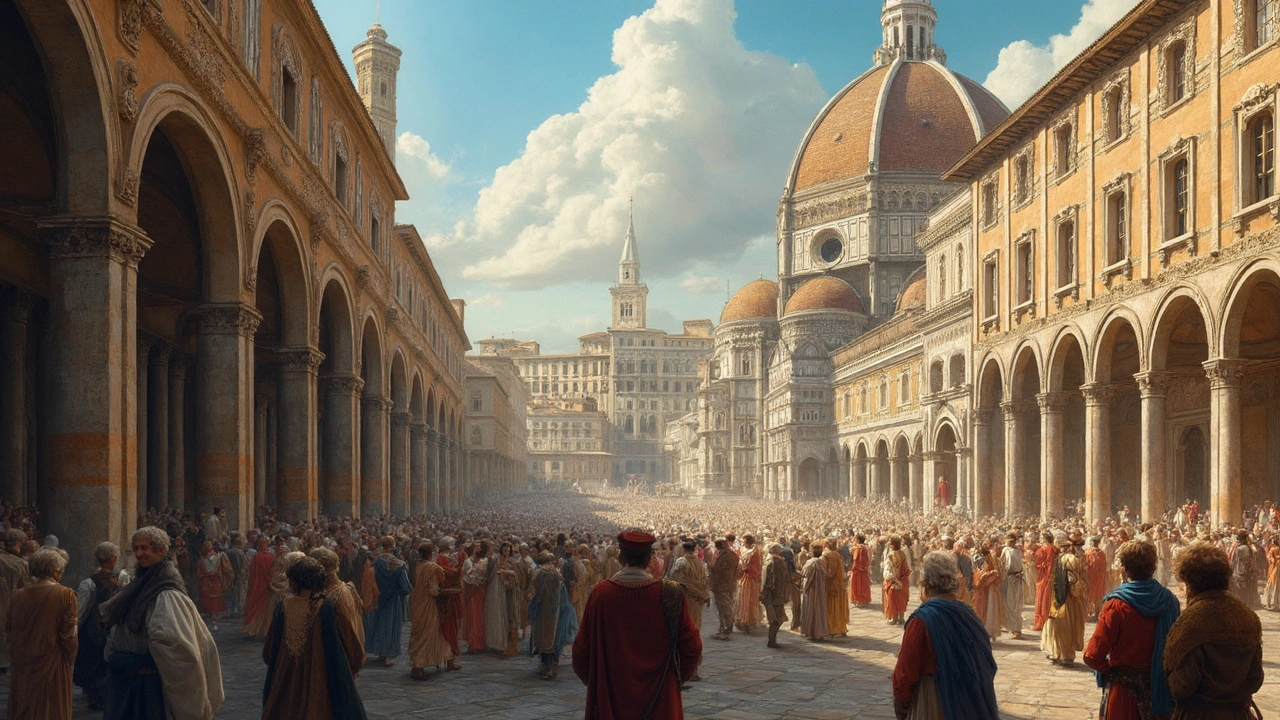
Renaissance Architecture: Power, Wealth, and the Stories Told in Stone
Renaissance architecture wasn't just about good looks—it was a playground for showing off power and business smarts. This article unpacks how popes, kings, and merchants used grand buildings to shout their importance to the world. You'll see what set Renaissance design apart from what came before, and why Florence and Rome became hotspots for this style. Discover quirky details inside famous mansions, plus tips on how to spot Renaissance touches when you travel or scroll social media.
Read more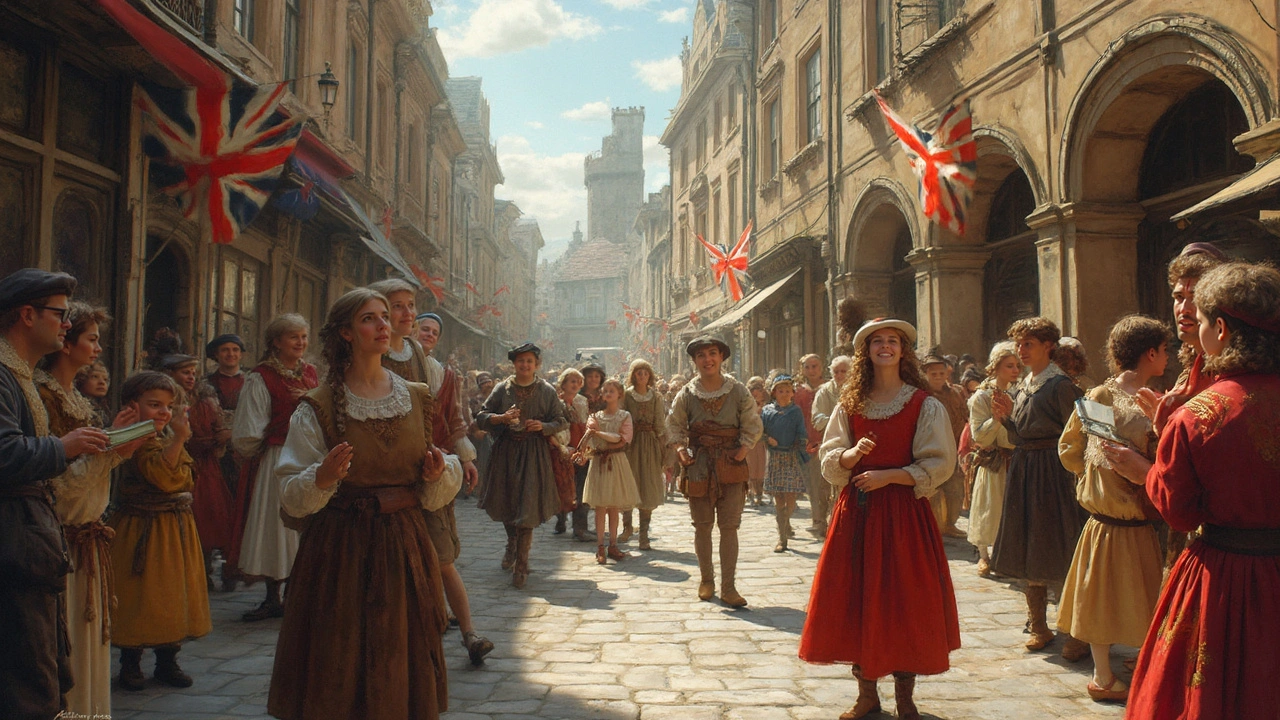
Renaissance Unpacked: A Real Look Back in Time
Take a down-to-earth stroll through the Renaissance, exploring what really went on behind the famous art, science, and wild ideas of the time. Find out how teenagers inspired artists, why street games mattered, and how some ideas shaped the modern world. Get surprising facts, straight talk, and a fresh way to see an old era. Even if you’ve never admired a painting, you’ll walk away with tips to actually use today.
Read more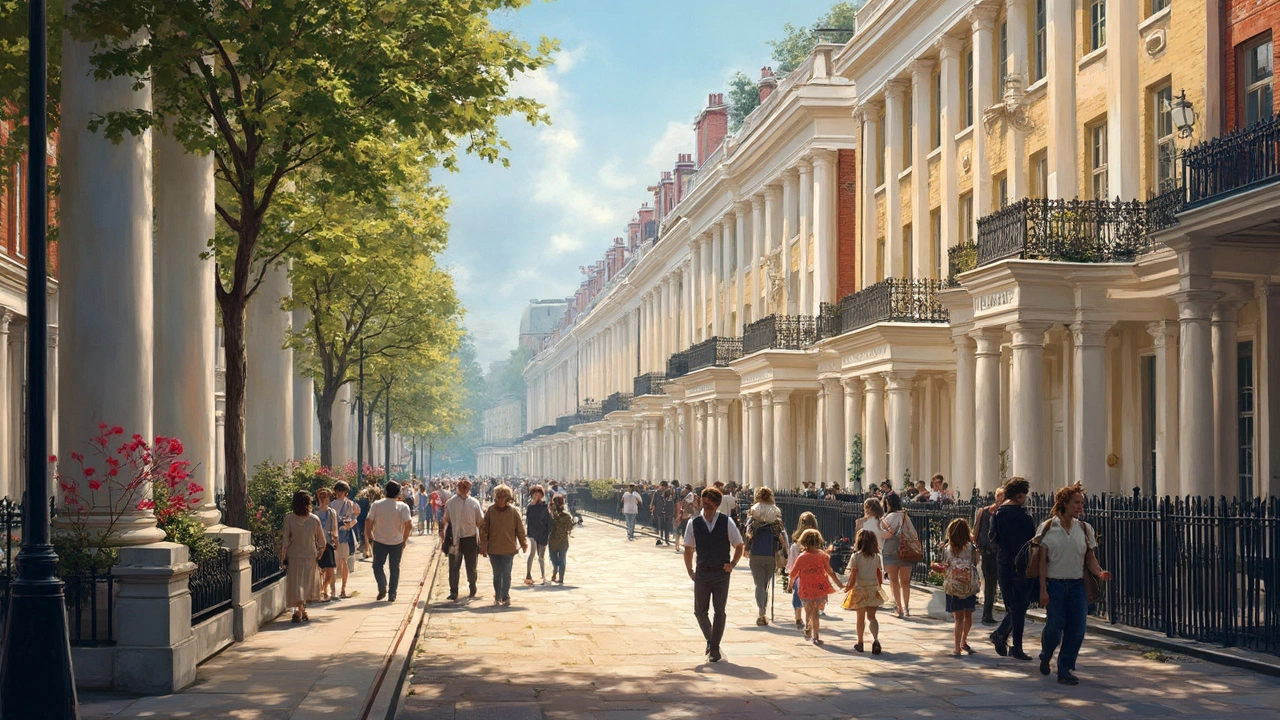
Greek Revival Architecture: Timeless Style and Lasting Influence
Greek Revival architecture has stood the test of time, showing up everywhere from grand public buildings to charming homes across America and beyond. This article explores why this style caught on, what makes it stand out, and how it still influences design today. Expect relatable tips for spotting Greek Revival features, a peek into its history, and practical advice for anyone drawn to its classic look. Whether you're a history buff, home renovator, or just love beautiful buildings, you'll walk away understanding why Greek Revival's appeal never seems to fade.
Read more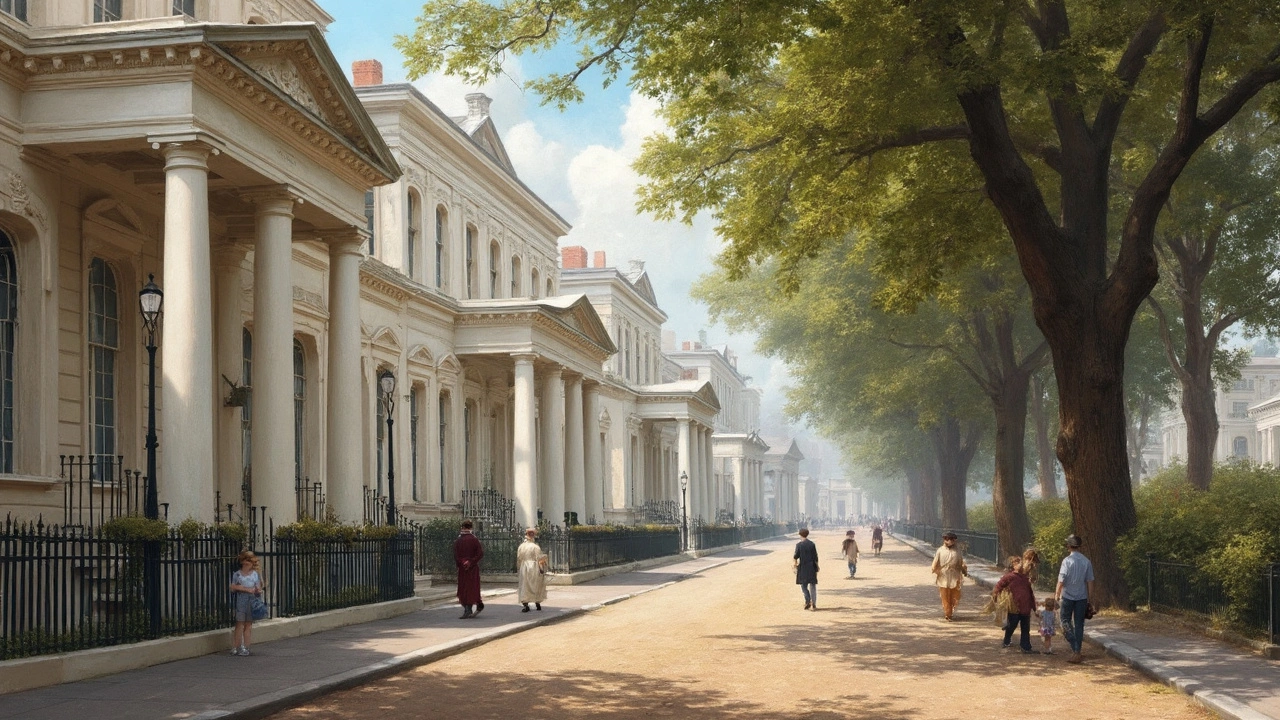
Greek Revival Architecture: How a Classic Look Keeps Reinventing Itself
Greek Revival architecture changed the way people designed homes, public buildings, and even small-town courthouses. This style, born from ancient Greek models, spread rapidly across Europe and America in the 1800s, shaping the look of entire neighborhoods. The article shares how Greek Revival took root, key features like big columns and white facades, and why it’s stuck around so long. You'll find out how to spot the real thing versus modern copies and get tips if you’re interested in adding a touch of this style to your own space. Whether you’re a fan of old buildings or just curious about why so many homes look like little temples, there’s something here for you.
Read more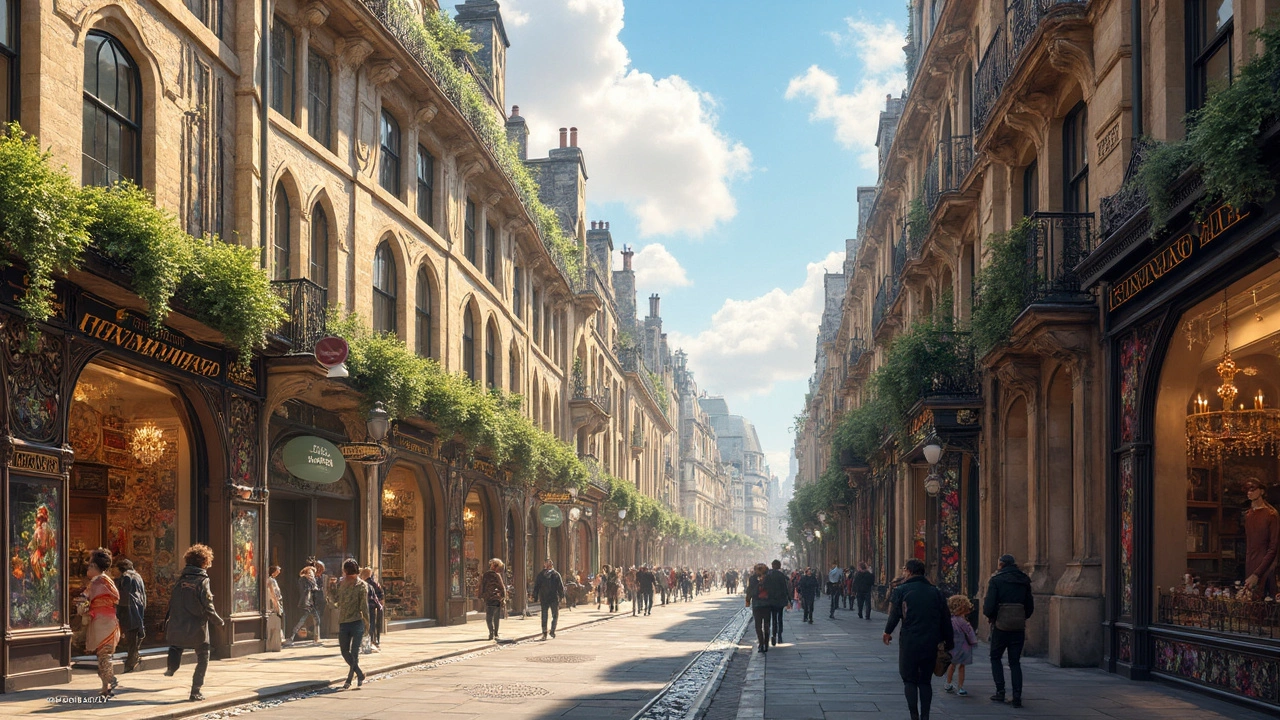
Art Nouveau Architecture: A Unique Blend of Art and Function
Art Nouveau architecture changed the rules by making buildings that are as much about beauty as they are about practicality. This style stands out with its flowing lines, nature-inspired details, and a belief that art should be everywhere, not just inside a museum. You'll learn how this movement grew popular, spot its features in buildings around the world, and get easy tips for recognizing Art Nouveau in real life. Expect helpful facts for travelers, history buffs, or anyone curious about why streets in some cities look almost whimsical. If you've ever wondered how architecture turned playful, this is where you find out.
Read more
Rococo Home Decor: Easy Ways to Bring the Look Into Your Space
This article shows how to easily add Rococo style to any home without making things look old-fashioned or overdone. Learn simple ways to choose colors, find the right furniture, and add playful details, even on a budget. Get practical tips on mixing Rococo pieces with your everyday stuff and making those bold elements fit your space. With tricks for shopping vintage and adding small touches, you'll see how to make Rococo style feel fresh and modern in real life.
Read more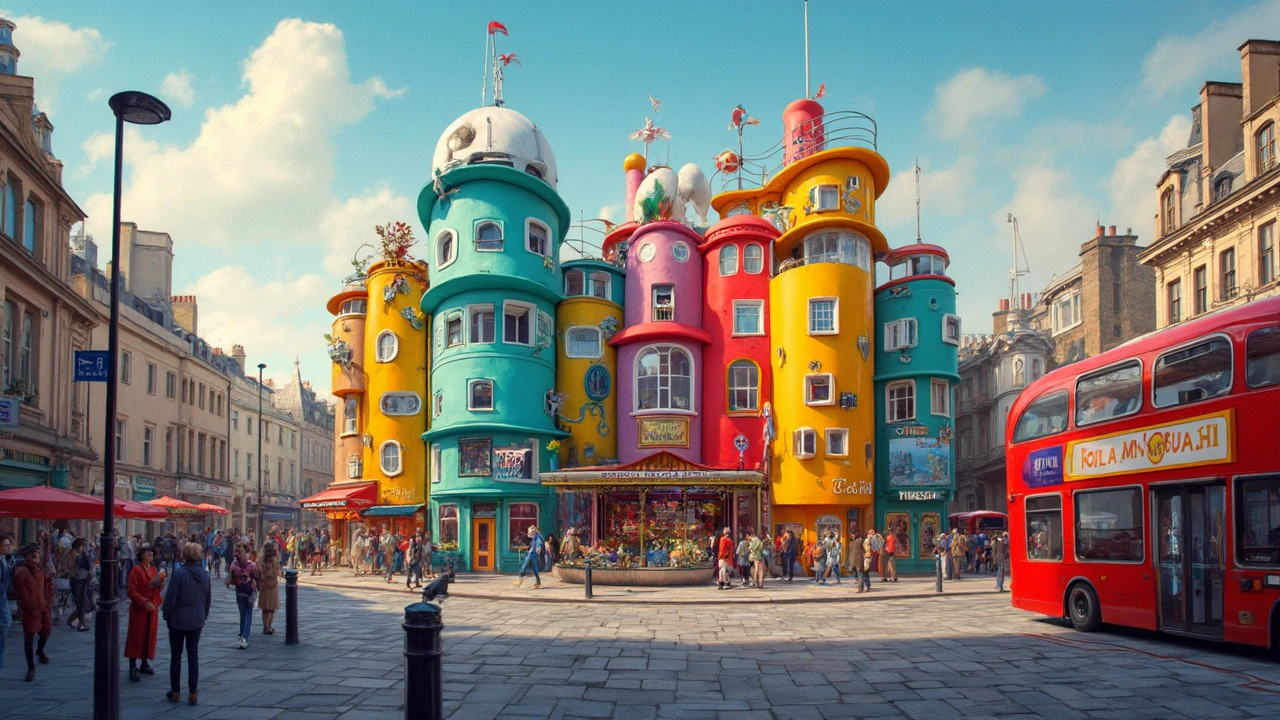
Postmodern Architecture: Rethinking Design from the Ground Up
This article unpacks how postmodern architecture broke all the old rules and made cities look surprising and sometimes weird—but in a good way. You'll get the scoop on how postmodernism flipped the script from boring boxes to bold, playful buildings. There are interesting stories behind the strange shapes and colorful facades you see all over the world. Expect hands-on tips for spotting postmodern design, and a peek at the classic buildings everyone takes selfies with. Forget dry, textbook stuff—this is postmodernism, explained for real life.
Read more